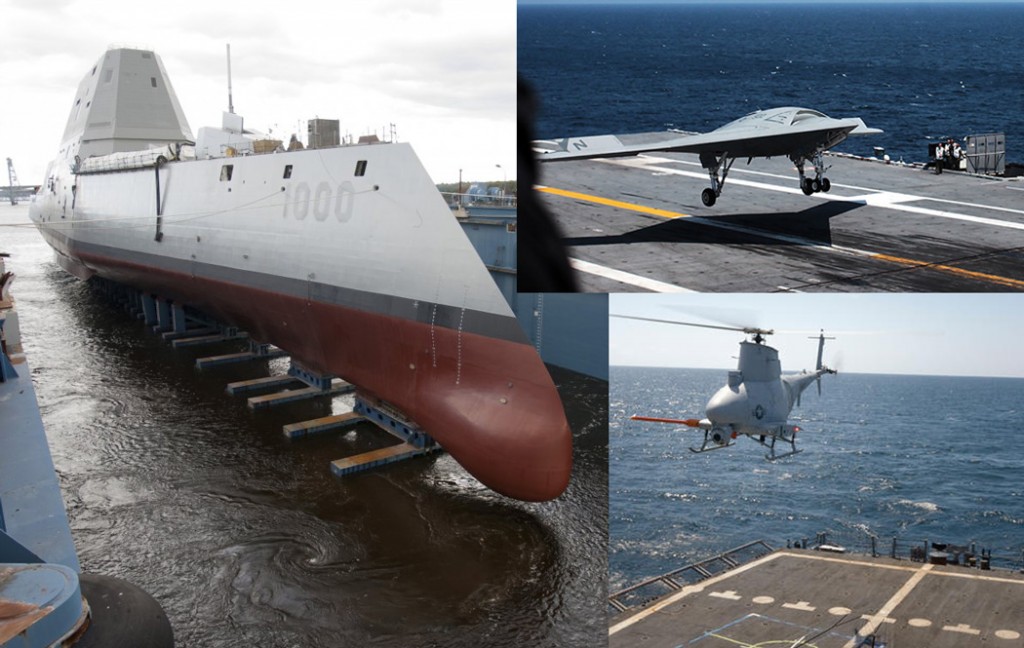
The Navy is going Linux. It was reported that the Navy’s newest, $3.5 billion, high-tech war ship, the USS Zumwalt will be powered by off-the-shelf server hardware, various flavors of Linux, and over 6 million lines of software code. Along with the USS Zumwalt other high tech assets the navy has will also be powered by Linux. Apparently Raytheon has signed a contract worth $15.8 million to upgrade the Navy’s drone control systems to Linux based systems.
Previously Raytheon was using an operating system called Solaris. Sun Microsystems developed the Unix operating system back around 1993. When Oracle acquired Sun Microsystems they changed the name to Oracle Solaris in 2010. It was developed originally to be a proprietary software system but in 2005 when most of the codebase was released under the CDDL license it became an open source system called Open Solaris. After Sun Microsystems was purchased by Oracle the open source project was shut down. It is now a fully proprietary system once again.
Linux is a Unix-like operating system. It was developed and continues to be a free and open source software distribution. The first release was in 1991. Today linux is used in every domain from embedded systems to supercomputers. If you have an Android device you are using Linux. If you are reading this, you are using Linux. My blog is hosted on a Linux web server. It has been reported the 8 of the 10 most reliable internet hosting companies run Linux distributions on their web servers.
People wrongly believe that an open source operating system is less secure than a proprietary system. This is simply not true. Linux was designed from the start to be in a shared environment. So at it roots is security and safety. Most other systems like Windows and Mac OS were developed to be stand alone systems. Only later were they modified to work in shared environments. With a very large and active community of developers it is a much more developed system than one stashed away in dark rooms behind locked doors. If there is a flaw or security vulnerability in the Linux kernel it is quickly found and patched. Without having to worry about profit and distribution schedules, the work can be done correctly.
The switch to Linux is supposed to make for a more intuitive control system and should make future software upgrades more straightforward – saving money in the long term. Still, it’s a an impressive amount of trust to place in an open source OS project, and a move that will likely irk Oracle.